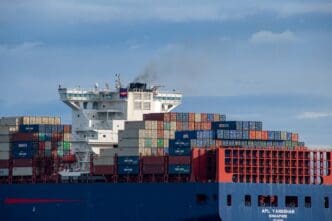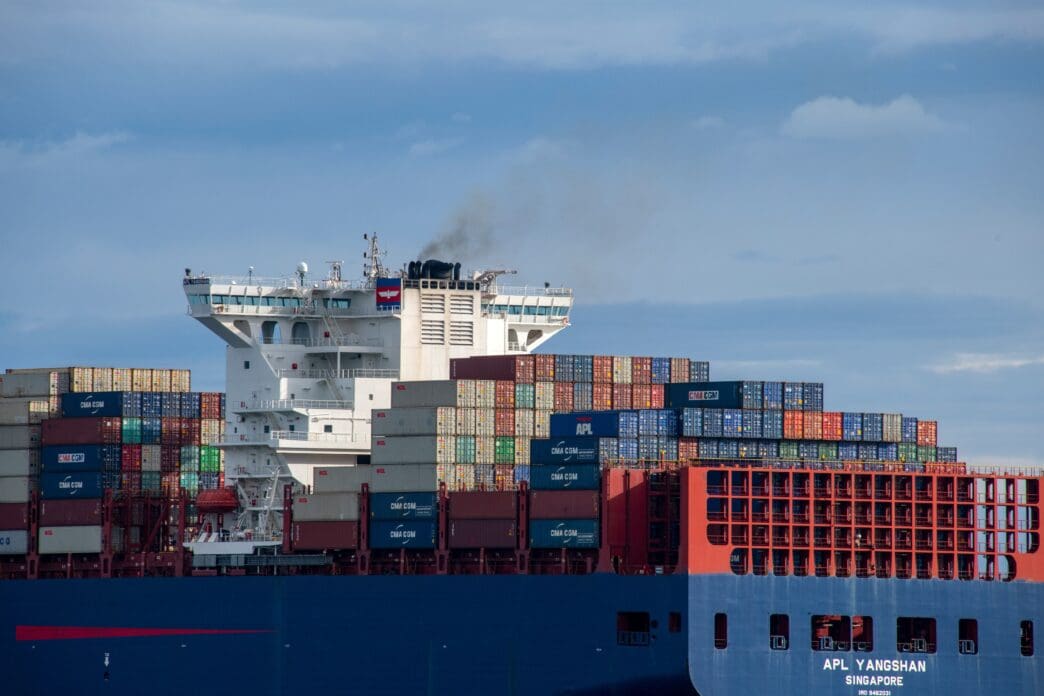Executive Summary
The Story So Far
Why This Matters
Who Thinks What?
President Donald Trump’s administration is expanding its trade policy by imposing new tariffs on specific sectors, including pharmaceuticals, furniture, and trucks, according to an opinion piece by Nicholas Sargen. This move builds on the reciprocal tariffs initiated earlier this year and comes as the Supreme Court prepares to hear arguments on the legal authority underpinning the initial tariffs. The escalation raises questions about effective tariff rates and potential impacts on global supply chains.
Expanding Tariff Measures
The initial phase of the trade dispute, which began on April 2 and was modified on August 7, saw President Trump implement reciprocal tariffs. These rates varied, with countries not running bilateral trade surpluses with the U.S. facing a 10 percent rate, while many with surpluses were subjected to 15-20 percent, and some deemed less cooperative received 30-50 percent.
These reciprocal tariffs were enacted under the International Emergency Economic Powers Act (IEPA). However, a federal court has ruled that this constituted an overreach of federal authority. The Supreme Court is scheduled to hear oral arguments on this matter on November 5, with a ruling anticipated before the end of the year.
Shift to Sector-Specific Tariffs
Amidst the legal challenge to the IEPA, President Trump is increasingly leveraging other statutes, notably Section 232 of the U.S. Trade Act. This act permits the Commerce secretary to investigate the national security implications of specific imports, a power Trump has previously used to impose duties on steel, aluminum, copper, and auto parts.
Recently, the administration announced additional sectoral tariffs, including a 100 percent duty on pharmaceuticals, 30-50 percent on furniture, and 25 percent on trucks. Furthermore, investigations into robotics and medical equipment used in doctors’ offices and hospitals are reportedly underway.
Economic Projections and Uncertainty
Economists at J.P. Morgan estimate that the average effective U.S. tariff rate currently stands just under 16 percent, a significant increase from 2.3 percent at the end of 2024. With the anticipated imposition of further sectoral tariffs later this year, they project the combined effective tariff rate could approach 18-20 percent.
The new sectoral duties have prompted inquiries, particularly concerning whether countries with existing trade agreements that include tariff caps would be exempt. A White House official reportedly confirmed that the administration intends to honor 15 percent tariff caps for pharmaceuticals where specified in trade deals.
Global drugmakers are reportedly re-evaluating their strategies, with Reuters reporting that many are scrambling to enhance their U.S. manufacturing capacity. Companies based in the European Union, South Korea, and Japan are considered well-positioned due to favorable agreements capping tariffs at approximately 15 percent.
Divergent Views on Pharmaceutical Tariff Impact
Opinions vary regarding the potential impact of the pharmaceutical tariffs. Researchers at the American Enterprise Institute (AEI) suggest that tariffs on pharmaceuticals could jeopardize nearly $250 billion in trade. They project potential outcomes such as increased drug prices and insurance premiums, heightened risk of drug shortages, higher costs for producers using foreign software systems, and reduced competitiveness for U.S. finished drug exports.
Conversely, others argue that the impact of these tariffs will be limited, citing exemptions for generic drugs and foreign manufacturers establishing production facilities within the U.S.
Outlook on Future Trade Instability
Financial markets have largely demonstrated resilience to the growing number of sectoral tariffs, primarily due to the U.S. economy’s robustness. However, uncertainty surrounding tariffs remains elevated as many countries continue trade negotiations with the U.S., leading businesses globally to hedge decisions pending clearer final tariff rates.
Andy Lapierre of Piper Sandler estimates that, at the current pace, approximately half of all U.S. imports could eventually be subject to Section 232 tariffs. Lapierre also contends that tariff uncertainty is likely to persist irrespective of the Supreme Court’s ruling on the International Emergency Economic Powers Act.
If the Supreme Court upholds the President’s broad authority under the IEPA, the treatment of industries currently under Section 232 investigation remains unclear, as steel, autos, pharmaceuticals, and semiconductors are presently handled differently. Conversely, if the Supreme Court limits the IEPA’s scope, President Trump would lose the authority to impose universal or reciprocal tariffs, potentially leading to a considerably lower average effective tariff rate. Nicholas Sargen concludes that trade instability could endure for an extended period, particularly if sectoral tariffs become the primary tool of trade policy, shifting the landscape of economic winners and losers.








